
Late medieval warrior and his equipment found in a Lithuanian lake
Categories: Finds and rescue research abroad , Nálezy nejenom s detektorem v západní Evropě
Underwater archaeologists have discovered the remains of a young soldier from the 16th century at the bottom of Lake Asveja in eastern Lithuania. The remains, including weapons and pieces of clothing, were found 9 metres below the surface near the Dubingiai Bridge, one of the longest wooden bridges in Lithuania. This is the first Lithuanian discovery of its kind; experts speak of national significance.
The bottom of the lake was explored before construction work began to replace the rotten wooden beams of the 1934 bridge with metal ones. The survey involved archaeologists and cooperating trained amateur divers. The discovery was made during a detailed inspection of the bridge supports.
"A previous survey in 1998 revealed that another bridge - probably dating from the 16th to 17th century - once stood on the same site. century, around the time the soldier died there," explained underwater archaeologist Elena Pranckėnaitová from Klaipėda University in Lithuania. So far, no evidence has been found to shed light on how the soldier died. The only certainty so far is that it was not a burial. "For the time being, we assume that these discovered human remains and artefacts can be linked to the former bridge leading to Dubingiai Castle, which was located on a peninsula in Lake Asveja," she added.
Dubingiai Castle was founded in 1412 by Lithuanian Grand Duke Vytautas. It originally stood on a lake island, but today the island is connected to the mainland. In the first half of the 16th century, the castle was rebuilt into a Renaissance-style palace. For the next hundred years, it was used as a luxury residence of the Grand Duchy, which could boldly compete with the palace of the Lithuanian monarch. In the middle of the seventeenth century, the castle was plundered during the Polish-Swedish war, then abandoned and has since fallen into disrepair. Only the cellars and some parts of the foundations have survived.
All the bones of the warrior were found in situ. Protected by a layer of clay and sandy sediment, some of the young man's personal accessories have survived; e.g. his high riding leathers or fragments of a thin leather belt. The archaeologists also recovered an iron sword, two knives with preserved wooden handles and one complete spur. The artefacts found confirm the military origins of their bearer.
The skeletal remains are now being studied at the Faculty of Medicine of Vilnius University, while the archaeological material has been preserved and will subsequently be analysed by experts from the National Museum of Lithuania.
Roman Nemec
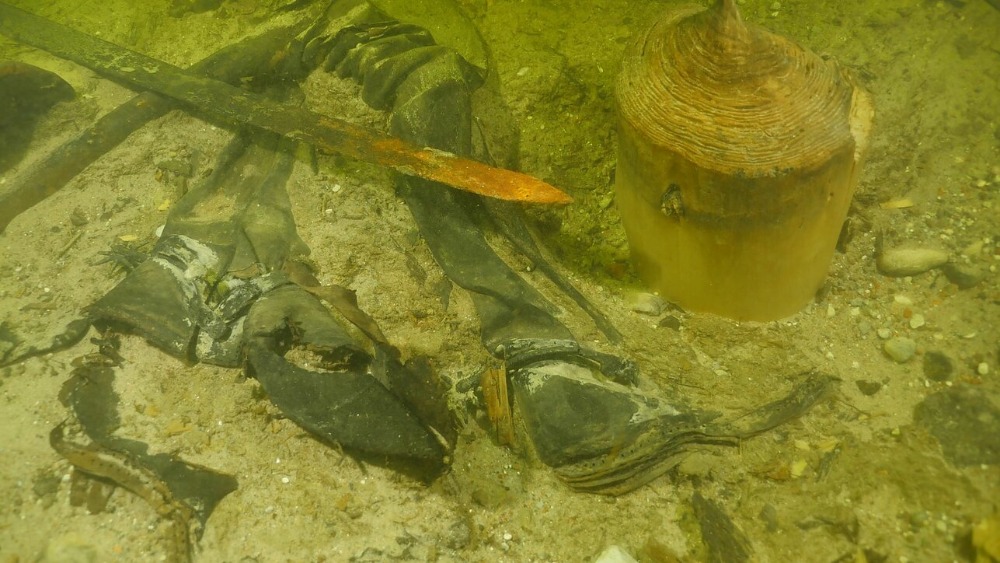
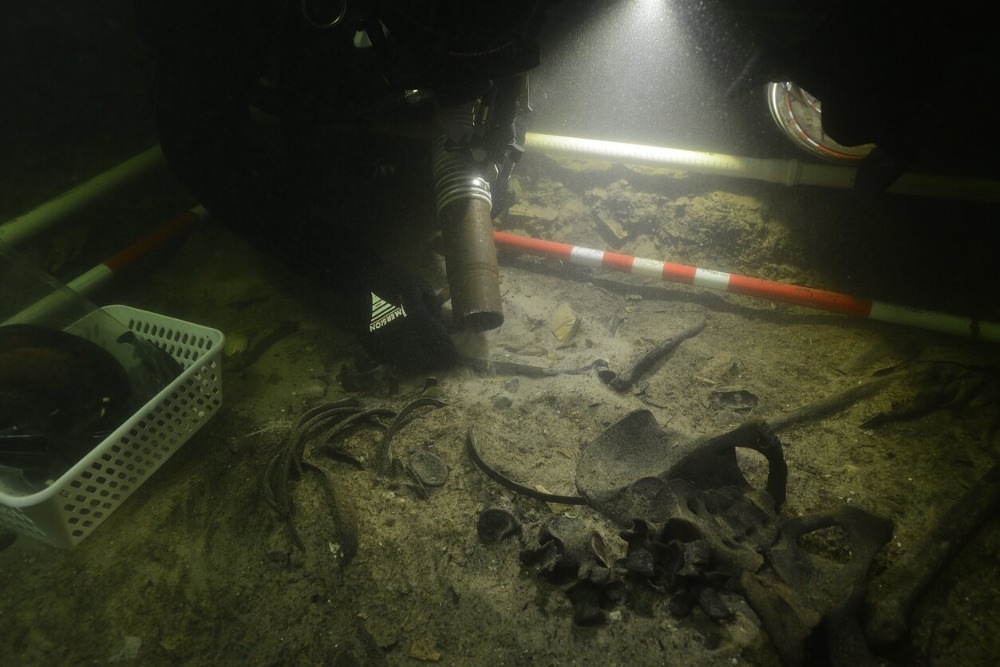
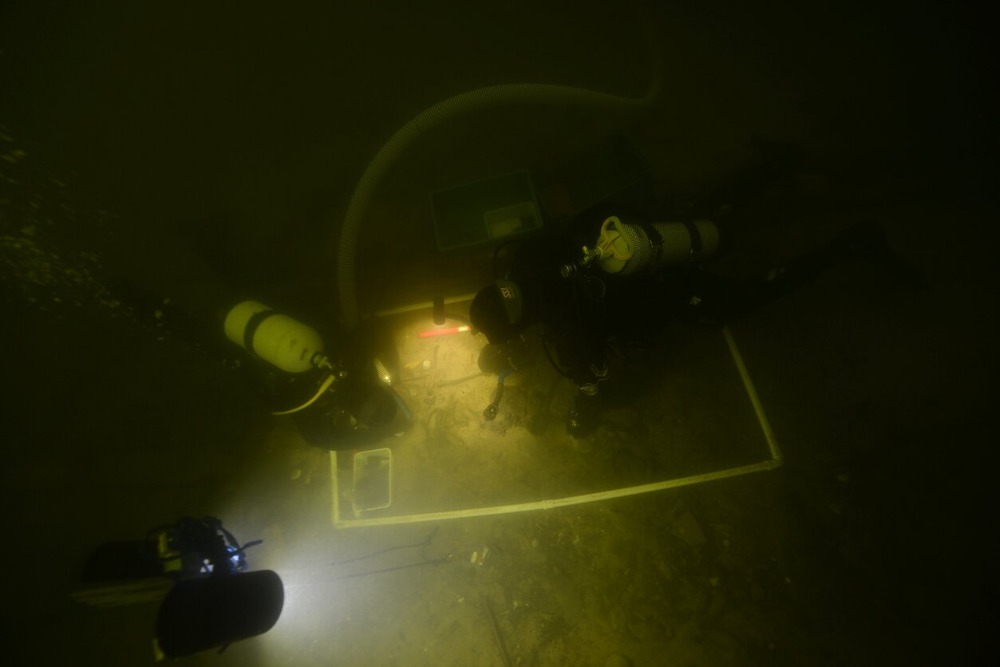
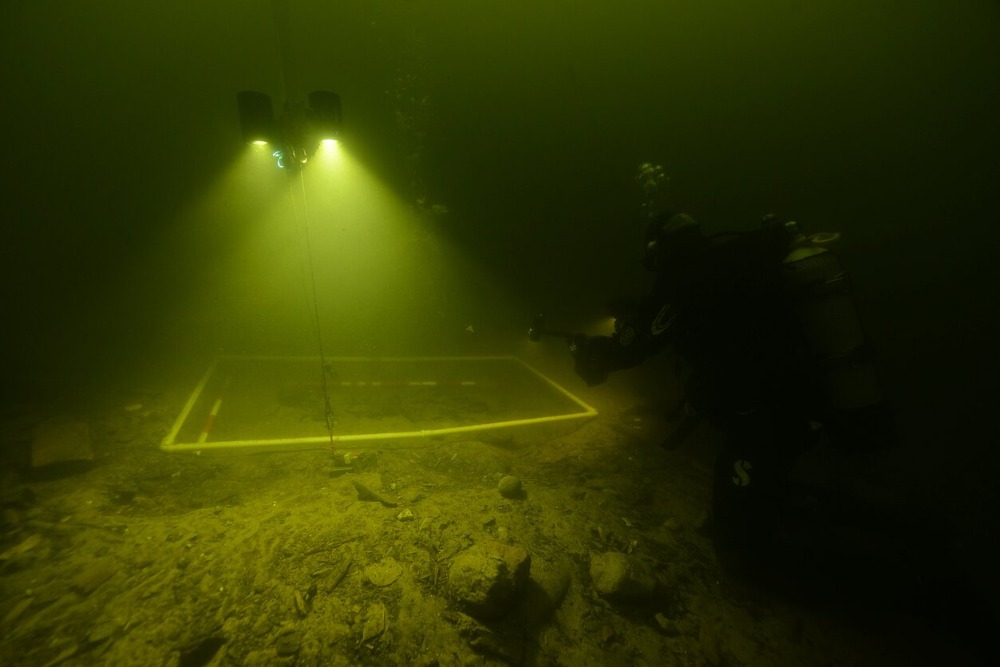
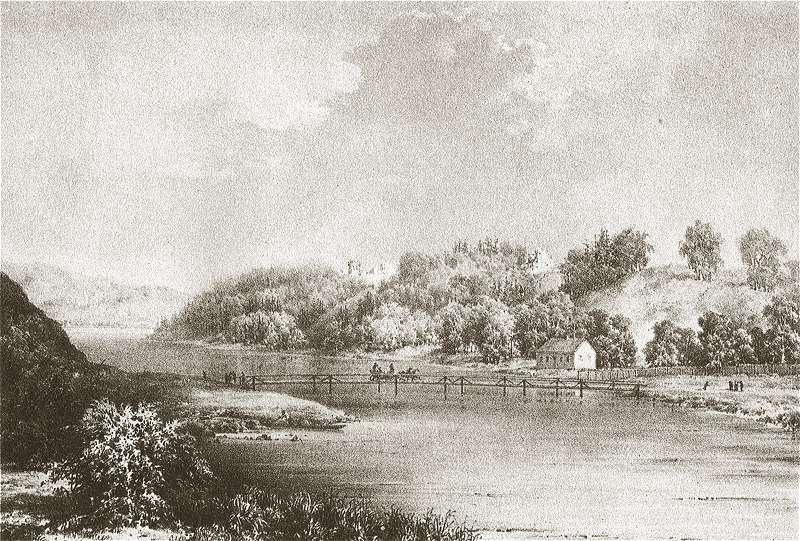
The island with the remains of the castle in a drawing from the second half of the 19th century.
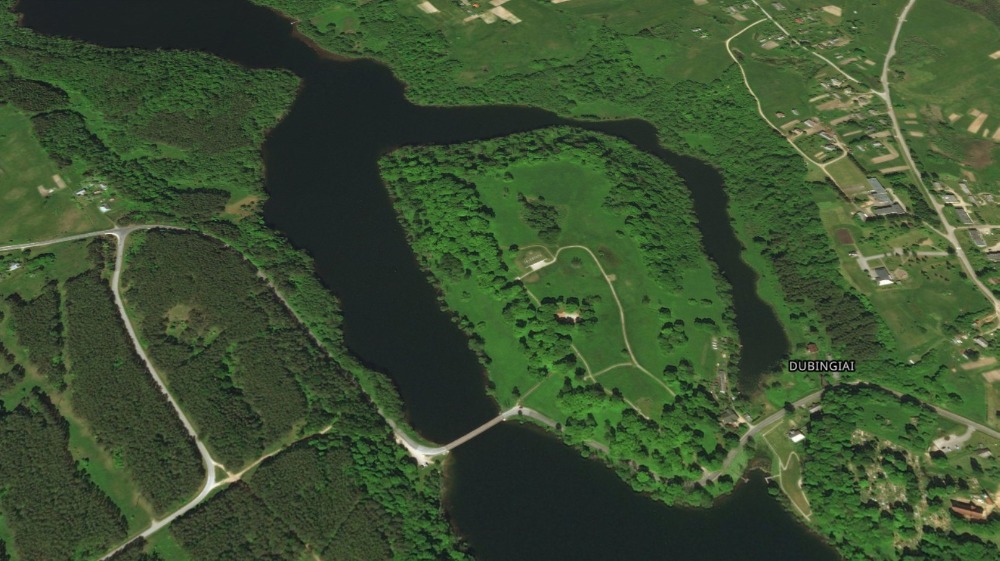
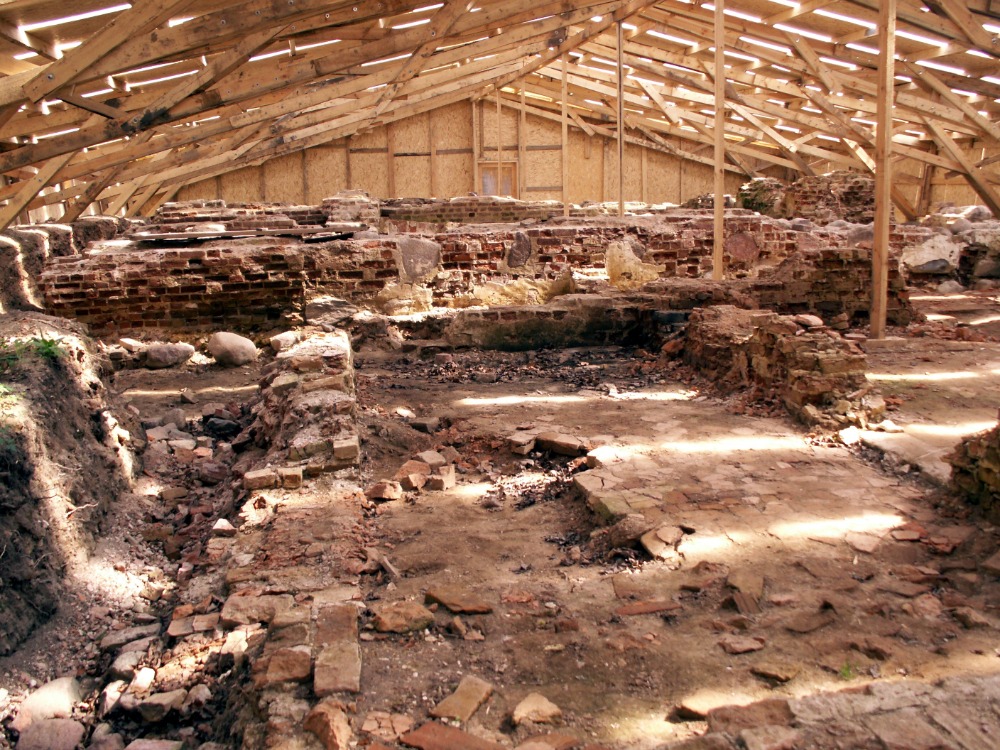
Foundations of Dubingiai Castle
Sources: lrt.lt, livescience.com, delfi.lt
The article is included in categories:







